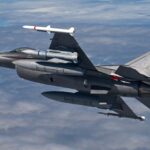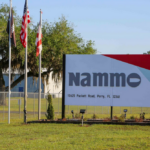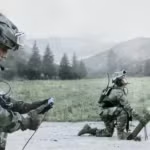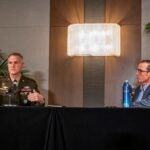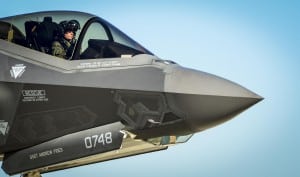
The Air Force and the Defense Department need to flip the cost curve as well as the time curve for what it takes to acquire and develop new technologies as 12 years to acquire a weapon system is “way too long,” according to a key officer. Air Force Global Strike Command (AFGSC) chief Lt. Gen. Stephen Wilson said Thursday he wants an approach more like Air Force Special Operations Command (AFSOC), which he said rapidly brings capability to existing platforms.…

